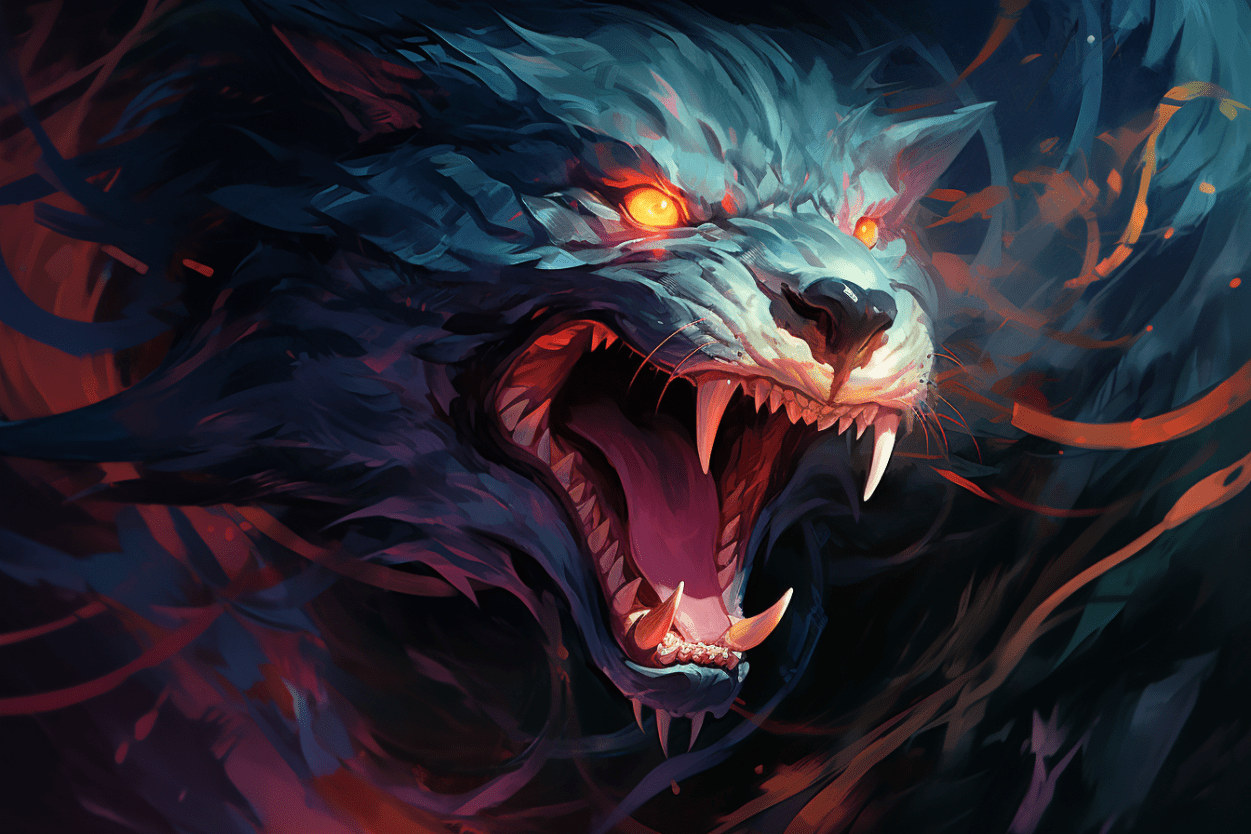Have you ever stared at a blank page, struggling to come up with the perfect art prompt to feed into Midjourney’s imaginative AI? As an aspiring prompt engineer, nailing the description is crucial to conjuring up that ideal image in your mind’s eye. The delicate art of prompt writing relies on subtle skills to engage the reader and stimulate Midjourney’s creative juices. Master these techniques, and you’ll be crafting prompts that make magic.
Sprinkle in Some Spice
Adding a dash of flavor through idioms, transitions, and descriptive words can truly bring a prompt to life. Don’t be afraid to throw in phrases like “cool as a cucumber” or “bright as the sun” to paint a vivid picture. And transitional words like “furthermore” and “in addition” guide the reader smoothly through your prompt’s narrative.
Dangle Some Modifiers
An occasional dangling modifier, like describing an object before mentioning the subject, builds anticipation and energy. For example, “Glistening with jewels, the crown sat on a velvet pillow.” Starting with the descriptor leaves the reader waiting for the main subject, building up its importance.
Toss in Some Wit
A touch of humor or irony serves as the perfect garnish, keeping things fun and engaging. Does your prompt call for an unlikely pairing like a fierce dragon seeking friendship? A cute twist can make the prompt more memorable and human.
Hidden Meanings
While avoiding overt literary devices, try weaving in some subtle symbolism and metaphor to add depth. Is there an object or setting that could represent an idea or emotion? This leaves room for interpretation and gives Midjourney more to work with.
Strike the Right Tone
Conversational language, contractions, idioms, and careful structuring create a pleasant prompt tone. Varying sentence length adds rhythm. An enthusiastic yet casual style feels natural and puts the focus on the imagery.
With practice, prompt writing becomes an artful dance of diction, style, and hidden meaning. For inspiration, check out AI Prompt Generator at aigenprompt.com. It can whip up prompts bursting with creative flair. Soon your prompts will be jumping off the page, ready to come alive in Midjourney.
Example Prompts for images in this article
A genetically-enhanced warrior with enhanced abilities muscular physique, sculpted muscles, warrior tattoos ::2 bioluminescent enhancements, glowing veins ::2 advanced armor, exoskeleton, nanotech enhancements ::2 elemental powers, fire manipulation, lightning strikes ::1 epic battle scene, destruction, crumbling ruins ::1 –ar 3:2
An intergalactic space warrior sleek spacesuit, futuristic helmet, cosmic insignia ::3 interstellar backdrop, swirling nebulae, distant galaxies ::2 energy-based weapons, laser cannons, photon torpedoes ::2 anti-gravity boots, jetpack propulsion ::1 alien creatures, diverse extraterrestrial species ::1 –ar 3:2
A futuristic cyberpunk warrior sleek and minimalist design, geometric shapes, angular armor ::3 neon lights, holographic projections ::2 high-tech weapons, energy blades, plasma guns ::2 glowing visor, augmented reality visor ::1 dystopian cityscape backdrop ::1 –ar 3:2
!https://i.postimg.cc/wBVnsnTr/brandiburgess-a-monster-111744e4-d404-4ecc-b807-3c1c88354474.png
Frequently Asked Questions
What are some tips for writing good art prompts?
- Use vivid descriptive language and strong verbs. For example, “a towering dragon with glistening scales” rather than just “a dragon.”
- Tell a story or set a scene. Prompts with a narrative allow Midjourney to imagine more details.
- Use literary devices like similes, metaphors, and alliteration to make prompts more engaging.
- Add interesting style combinations like “steampunk princess” or “gothic fairy.”
- Give the prompt some personality with humor, irony, or interesting adjectives.
How detailed should my prompts be?
- Prompts should be detailed enough to convey your vision, but leave room for Midjourney’s creativity. About 20-50 words is ideal.
- Focus on describing key nouns like characters, objects, and settings. Don’t worry about minor details.
- Specify 2-4 main elements you want to see, and let Midjourney fill in the rest.
How can I make my prompts inspire creative results?
- Use imaginative descriptions beyond the expected. For example, “a dragon with butterfly wings” rather than just “dragon.”
- Combine unrelated concepts in interesting ways like “robot mermaid” or “alien flower.”
- Add conceptual elements like “surreal,” “imaginary,” or “from a dream” to spark new perspectives.
- List some activities, moods, or styles like “meditating monk” rather than just “monk.”
What prompt structure works best?
- Start with the main subject, followed by 2-4 descriptive elements separated by commas.
- Use double colons :: to separate distinct concepts within a prompt.
- Number the elements in order of priority using ::1, ::2, etc.
- Add “–ar 3:2” at the end to specify the aspect ratio.
Conclusion
Crafting the perfect art prompt is part technique and part art. Follow these tips and flex your creative muscles to conjure up prompts that make Midjourney shine. Don’t forget to try out AI Prompt Generator at aigenprompt.com for a boost of inspiration. With practice, you’ll be designing prompts that exceed your wildest imagination. Now get prompting!
